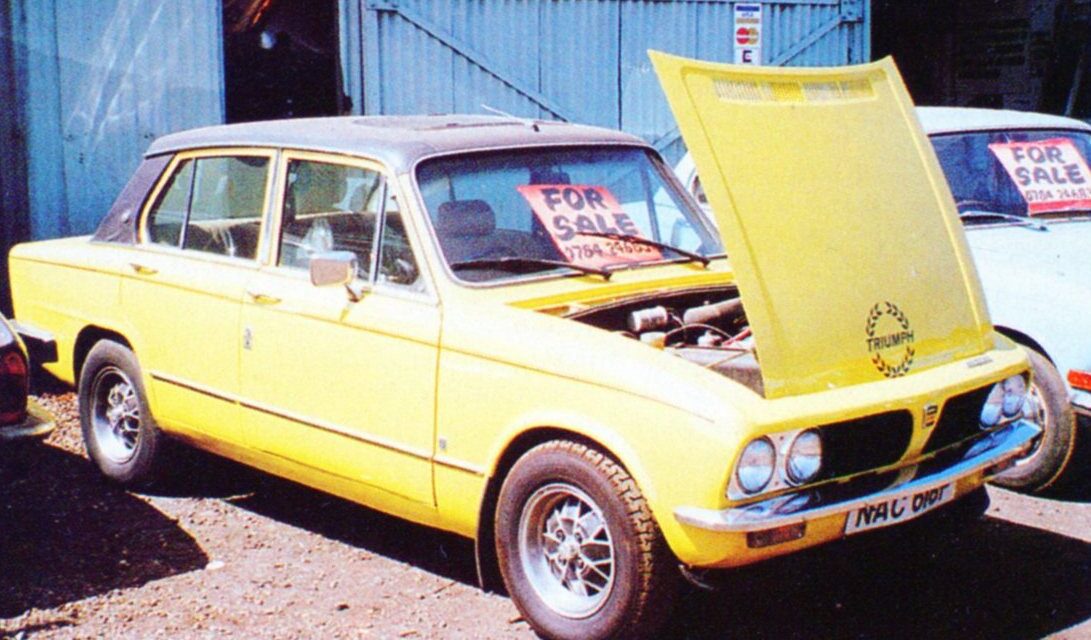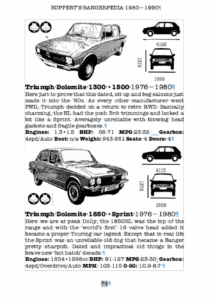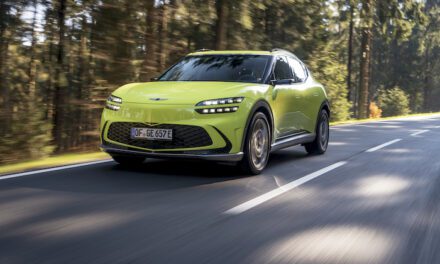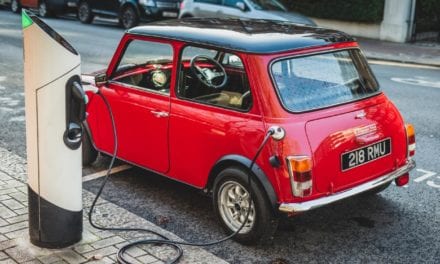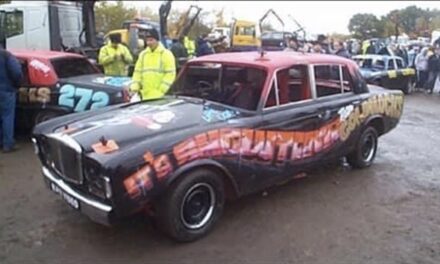Triumph could have become a British BMW. Sadly they failed to do this with a model that was only mildly less disastrous than the Snag, sorry Stag. First of all Triumph created another new model out of two existing ones. The basis of the new Dolomite was the 1500’s front and rear end plus the Toledo’s rear drive. It should have launched back in 1971, but obviously labour disputes delayed everything and the Dolomite was slow to arrive. When it did, the Dolly as everyone called it, was a smart, classy, well-appointed car that would become a blueprint for some of British Leyland’s and Rover’s later models.
So using the Dolomite as the basis, Triumph decided to take on BMW. Already buyers would happily pay a small fortune for a BMW 2002, a fast, small saloon car. In 1973 they could pay a lot less – £1,740 – for the Triumph Dolomite Sprint. By contrast, the basic 2002 was £2,399, although it wasn’t as quick as the Sprint. Indeed to match the performance you had to trade up to the 2002 tii, which cost £2,799. The Triumph certainly looked the part, that is to say a BMW, but without the distinctive double kidney shaped grille. Indeed, if you had replaced the Triumph badges with BMW ones, glued on that grille and junked the wooden door cappings and dashboard of the Brit, you would never have spotted the difference. Even the Dolly’s bonnet tipped forward in the same way as the BMW’s. That meant you didn’t have to crouch underneath a metal tent to stare at a darkened oily old engine. No, you could stand proudly with your back straight and arms folded admiring the incredibly sophisticated power unit in the harsh light of day.
The engine used in the Sprint had been designed by Triumph for Saab four years previously. It was the same one that they had joined together to make the Stag’s V8 engine, with predictably poor results. It had also been installed in nonjoined-together form in the basic Dolomite, but Triumph really excelled themselves when they developed it for the Sprint. Making the engine larger in capacity rather than dimensionally meant it was more powerful, but the key to even more speed was a 16-valve cylinder head. All you need to know is that this effectively doubles the usual number of valves and it was executed in such a clever way that it won a Design Council award in 1974. The bottom line was a top speed of 115mph and 60mph arriving in just under 9 seconds, making it a snail by today’s standards but as quick as the hot hatches that would dominate the market a decade later. It was quicker than Triumph’s own TR6 and the MGB, which were supposed to be sports cars. The truly compact executive saloon had been reinvented as a potent sporting saloon that undercut BMW and beat them at their own game.
Triumph must have been watching what Ford did to make their cars look sexy, and after the 1600E and Hillman GT this became another candidate as Ruppert family transportation – in my imagination, of course. What was quite an old design suddenly looked relevant again, wearing a front spoiler, alloy wheels, vinyl roof and twin side stripes. This makeover was the early 70s equivalent of your dad growing his sideburns and hair a bit longer, investing in a pair of hipster trousers, stack heels and something medallion-shaped for the neck area. Dad only indulged in a few of those. It certainly worked with the Dolly Sprint too, the added bonus being the high technology under the bonnet. However, like the Stag, it wasn’t a lucky car. 1973 may have been a great year for fashion, but it was a terrible one for petrol and peace.
That Arab-Israeli war in October 1973 sent oil prices soaring, which meant that any high- performance car which used slightly more fuel than it should was less in demand. It didn’t help, though, that the engine was a bit rubbish. Like the Stag, the Sprint overheated, and if you remember, that caused cylinder head gasket failures. This wasn’t entirely the Sprint’s fault as the owners really should have topped up the radiator with special corrosion-inhibiting coolant rather than plain tap water, just like in BMWs. Actually, it did have a lot more to do with that award- winning engine design, which was possibly a bit too clever for its own good. According to engineering boffns, the retaining bolts on one side of the aluminium cylinder head went through at a slight angle rather than being completely vertical. That meant that it didn’t secure the top of the engine to the rest of it as tightly as it could have. Not only that, it pulled the top of the engine very slightly askew when it got very hot. It didn’t help that build quality wasn’t quite as wonderful as it could have been, either. So what you had with the Sprint was a high-maintenance machine. It got better, and this was never a disaster on a Stag-like scale, but it was another demonstration of the curse of the BLMC, which turned a marque once famed for reliability into one that clearly wasn’t. It didn’t help that the whole Triumph range really was now quite old and not due for any urgent updates, or replacements. Triumph was effectively dead.
The Good News is that Dolomites are in the next Ruppert’s Bangerpedia 1980 – 1990 currently under construction.

